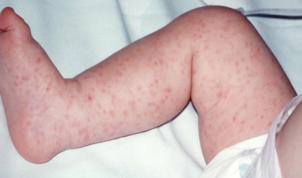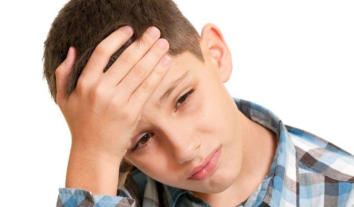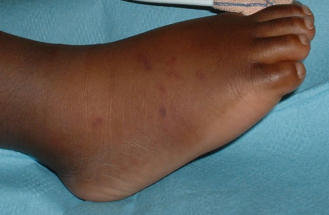

January 2017
Information for Parents with Small Children
Meningitis in Infants & Children
Meningitis
is
a
serious
medical
emergency
particularly
when
it
affects
infants
and
children.
It
is
a
serious
infection
involving
the
brain
and
spinal
cord.
If
suspected
immediate
medical
check
is
necessary
as
delay
in
treatment
can
cause
permanent
damage
to
the
brain.
When
infection
is
highly
likely,
treatment
should
be
started promptly.
Cause:
Viruses
and
bacteria
are
the
main
causes
for
the
infection.
Viral
meningitis
is
not
as
serious
as
bacterial
meningitis.
However
it
will
be
difficult
to
distinguish
between
the
two.
Therefore
the
child
should
be
admitted,
observed
and
investigated
before
bacterial
meningitis can be ruled out.
The
bacteria
that
cause
the
infection
are
found
in
the
nose
and
throat
of
10
percent
of
the
population.
Sometimes
they
enter
the
blood
stream
and
reach
the
brain.
They
can
also
spread
from
a
sinus
or
ear
infection.
Coughing
and
sneezing
is
one other way it spreads.
Bacterial
infections
cause
the
maximum
damage
and
most
fatalities
are
due
to
that.
Bacteria
that
cause
infection
include
Pneumococcus,
Meningococcus,
Haemophilus
and
Listeria.
Among
these
pneumococcus
is
the
commonest
infection
affecting
infants
and
children.
In
infants
it
is
more
common
during
the
first
month
than
at
any
other
time.
Meningococcus
more often affects teenagers and young adults.
Pathology:
Infection
reaches
the
covering
of
the
brain
and
spinal
cord
through
the
blood
stream.
The
toxins
that
are
released during the infection cause Brain damage.
Symptoms
&
Signs:
It
is
often
difficult
to
distinguish
between
ordinary
flu
and
meningitis
in
the
early
stages.
Cold
and
cough
usually
accompanies
influenza.
In
meningitis
symptoms
and
signs
appear
much
worse
and
the
mother
will
usually
suspect
that
there
is
something
seriously
wrong.
Neck
stiffness,
severe
headache,
aversion
to
bright
light
and
sickness
are
more
often
seen
in
meningitis.
Symptoms
are
more
pronounced
in
infants
and
young
children.
Meningitis
remains
a
devastating disease in new born infants
Symptoms & Signs in Infants:
Constantly crying at a high pitch
Not feeding properly
Lethargic and often drowsy
Sometimes cough and difficulty breathing
T
he
soft
spot
on
top
of
the
head
(Fontanelle)
may
be
tense
or
bulging
Fever may not always be present when the child is under 3 months
Generalised rash or tiny red spots
Red spots are difficult to see on a dark skin. It will be more easily seen on the palm and sole of that child.
Symptoms & Signs in Older Children:
(
In addition to the above)
Sudden high fever with cold hands and feet
Headache
Stiff Neck
Nausea and Vomiting
Sensitive to bright light (Photophobia)
Skin Rashes
Fits at later stages.
Not all symptoms will be present in every child but once infection gets
in to the system the child would become seriously ill rapidly.
















Red spots in Meningitis
